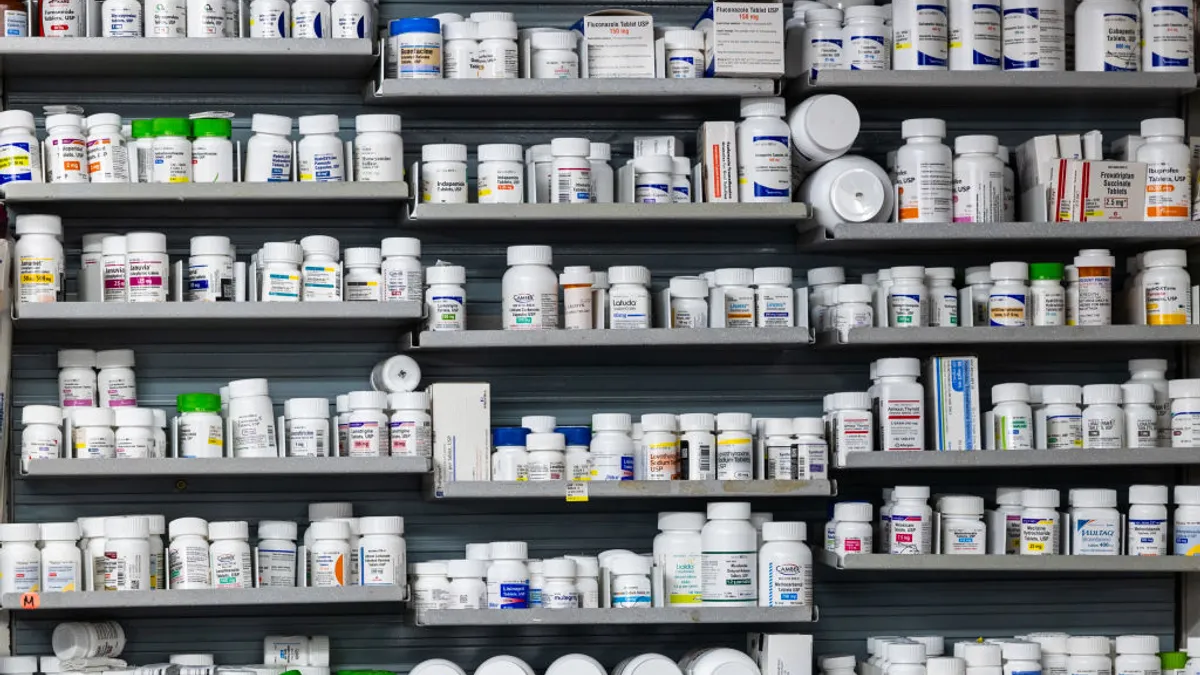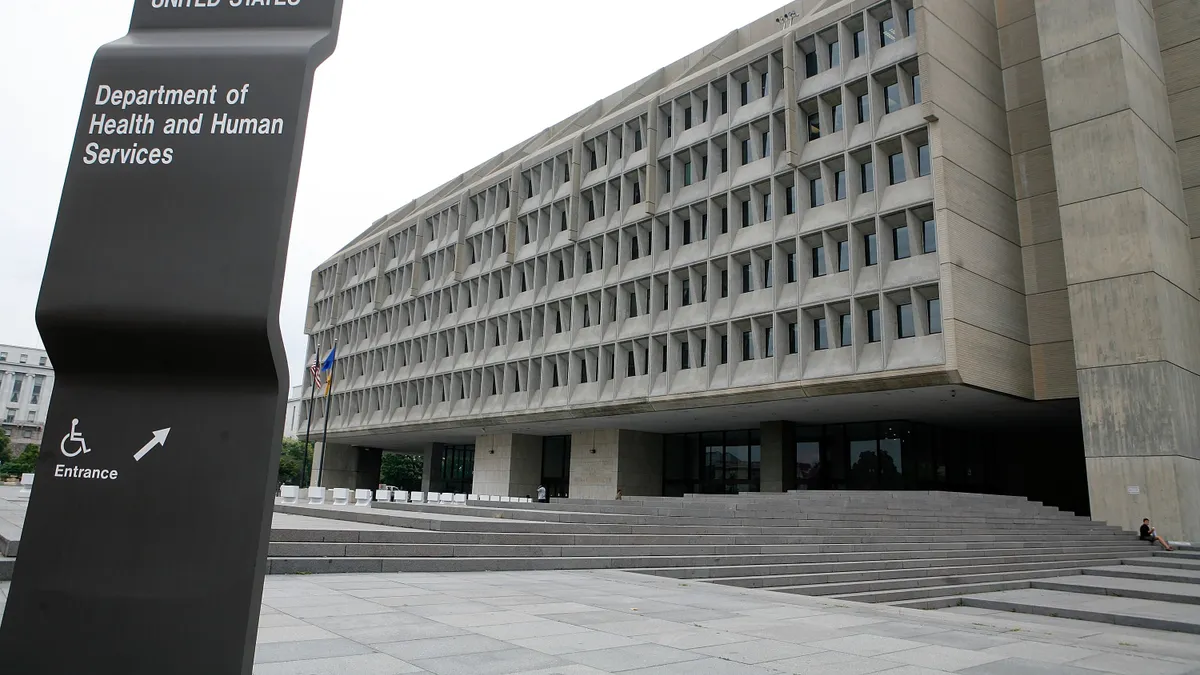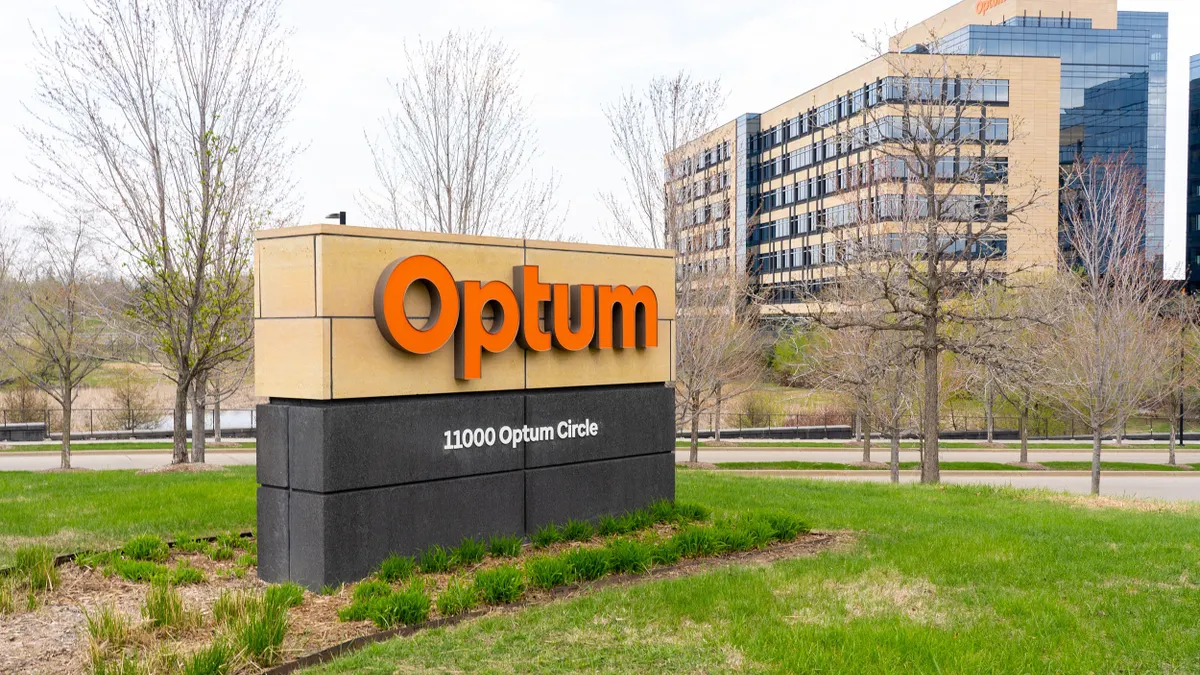Editor’s note: Kathy Chang is the head of trade relations at health plan Blue Shield of California.
The U.S. prescription drug market produces some of the world’s most advanced pharmaceutical innovations. Drug manufacturers are routinely engaged in research and development that transforms how we prevent, mitigate and treat infectious and chronic illnesses.
In a typical commercial market, those in need of medication would assuredly benefit from those breakthroughs. But the U.S. prescription drug market isn’t a typical commercial market, and certain players and unfair practices can keep needed pharmaceutical innovations from being available at scale.
The current system is riddled with barriers to innovation, shielded by exclusivity protections and mired in anticompetitive practices — which help ensure high drug prices persist. It’s a system that doesn’t serve patients as it should. Instead, it primarily benefits a handful of entrenched intermediaries — most notably pharmacy benefit managers — whose intentionally complex and opaque practices remain a steadfast barrier to affordability and access to life-saving drugs.
All of this sounds dire — and, for many years, it has been — but there is still reason to be hopeful. Interventions at the federal level, like the Inflation Reduction Act, are forcing some progress by mandating negotiations between the CMS and drug manufacturers on a growing list of drugs. While policy solutions take time, this is a positive step in the right direction.
Price negotiations aside, health plans have more tools than ever at their disposal to improve the system and more reasons to use them. Now is the time for health plans to push for greater competition in the prescription drug market and ensure their members have access to needed treatments resulting from pharmaceutical innovation.
Stifling innovation where it matters most
For decades, drug manufacturers and health plans have been broadly painted as the perpetrators of high drug prices. In recent years, the ever-intensifying spotlight on PBMs has revealed the outsized role these conglomerates play in perpetuating the problem. Originally created to reduce drug costs by managing drug benefits, PBMs have evolved into enigmatic intermediaries that prioritize rebate-driven incentives over patient affordability, distorting the drug supply chain and suppressing competition in the process. The result is the system we’re currently operating in. It’s one in which lower-cost alternatives exist but are widely inaccessible due to formulary manipulation that prioritizes rebate profitability on brand-name drugs.
In no place is this dysfunction more evident than the biosimilar market. These drugs, which are near-identical generics of otherwise expensive biologics, should open the floodgates for treating people at reduced costs. Ideally, they should drive down prices to make the market more competitive. Yet, in the U.S., this promise has been stifled by PBMs. To preserve their lucrative rebate structures with brand manufacturers, PBMs often restrict access to biosimilars by excluding them from formularies.
Only in the U.S. is the drug market plagued by such issues. This is in stark contrast to European markets, where biosimilars have rapidly gained traction and delivered substantial cost savings. These countries don’t suffer from the same rebate-driven distortions that characterize the U.S. market; the same biosimilar manufacturers that struggle to gain a foothold in U.S. formularies are able to succeed abroad.
In this anticompetitive market, patients are forced to choose between breaking the bank with a brand name or forgo treatments altogether. Pricing games effectively take affordable options off the table — not for clinical reasons, but rather for the fact that they threaten PBMs’ profitability. The burden of treatable illness lies heavy on the shoulders of Americans who need these medications.
A blueprint for reform
Health plans are uniquely positioned to challenge the status quo. Last year, Blue Shield of California — working hand-in-hand with Fresenius Kabi and Evio — bypassed the traditional PBM-dominated supply chain model to bring a Humira biosimilar to members at a significantly lower cost. It’s proof that health plans and drug manufacturers can work together for the benefit of members.
Direct contracting models like this allow for the flexibility and control needed to provide drugs at transparent and affordable prices. With direct contracting, savings that manufacturers would have had to divert toward PBM fees can be redirected toward patients. These arrangements can streamline operations, cut out unnecessary intermediaries, and most importantly, ensure that members have access to high-quality, innovative, clinically effective therapies at prices they can afford.
These alternative contracting approaches will pave the way for rethinking how health plans measure value. Value-based agreements — contracts that tie payment to health outcomes — are impossible to design, let alone execute, within the traditional PBM framework. When health plans negotiate directly with manufacturers, the door is opened to a future where the cost of a drug is linked to outcomes.
When health plans boldly stake a claim in the supply chain, they have an opportunity to nudge the market back toward competition and innovation.
And there’s no better time to begin. The IRA, while narrow in its immediate scope, embodies a growing sentiment for price reform, along with many other policy proposals aimed at lowering the cost of prescription drugs. Manufacturers are rethinking their pricing strategies. Policymakers are demanding greater accountability from PBMs. Health plans have an opportunity to lead, and a responsibility to ensure we’re heading in the direction of transparency and affordability.
It’s possible to reform the market into one where pharmaceutical innovation benefits many more patients and far fewer intermediaries. If health plans want to transform the drug supply chain, they’ll need the courage to leave behind a rebate system that actually encourages higher prices and lower access and instead push for a system that provides transparency into the true net cost of the drug for patients





















